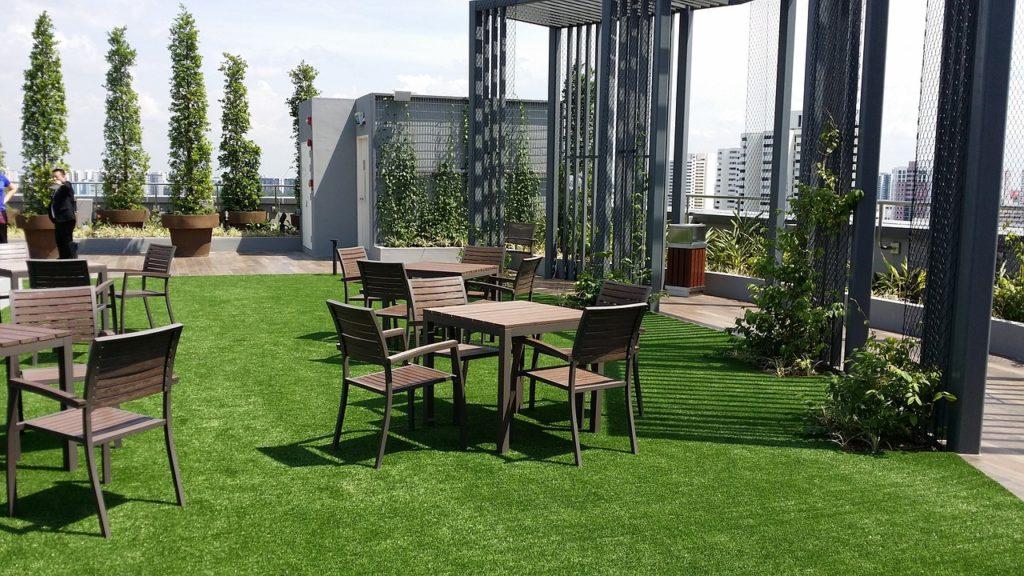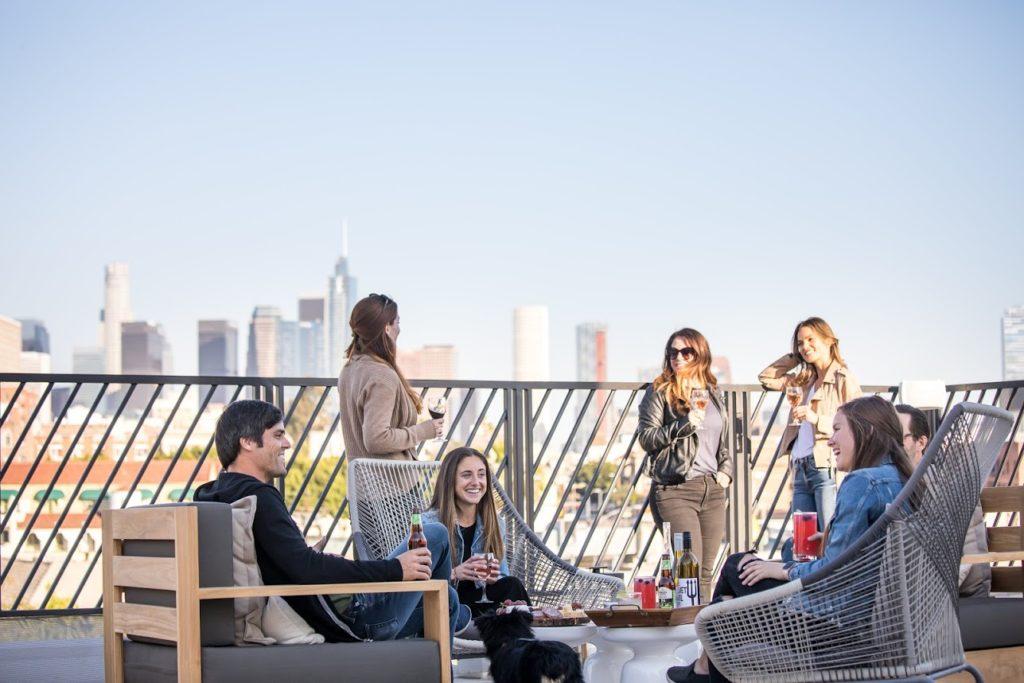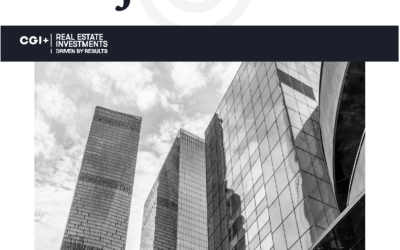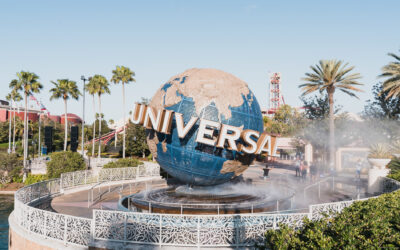There are many ways to define what makes communities most livable. Some care that it is easy to get around on foot, bike or public transportation. Many prioritize access to fresh, local and organic food whether from a community garden or nearby farmers market. While others prefer amenities, diversity of neighbors, or affordability. Here are three features that make up livable communities that we love.
Smart City, Smart Home
Key elements that make a home or city “smart” are sensors, cameras, analytics, powerful networks, automation, and responsive to resident issues and desires. At one of our luxury residential properties in Koreatown, The KODO, we have deployed an expansive hospitality platform available on a tablet that comes with each unit. The cloud-based platform integrates an end-to-end hospitality experience for guests and staff. The KODO’s residents have access to a custom mobile app and digital key, while staff will have access to the guest experience management system to manage requests and general communication. The features of the customized platform offer operational efficiency, incremental revenue streams, and content integrations that stay one step ahead of tech-savvy residents’ expectations. Additionally, this in-room tech makes it easy for residents to connect with local businesses and offers amenities that take advantage of the prime location in Koreatown, including grocery delivery, reservations to local hot spots, third-party content apps such as iHeartRadio and Wall Street Journal, and more.




